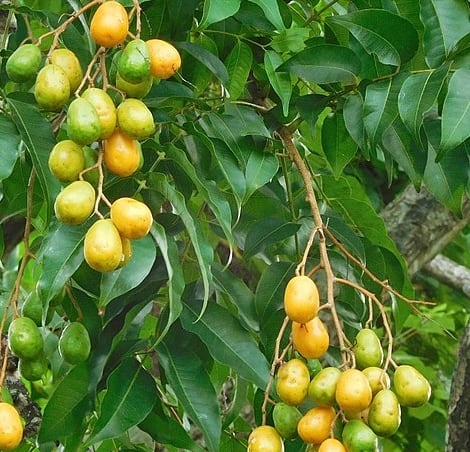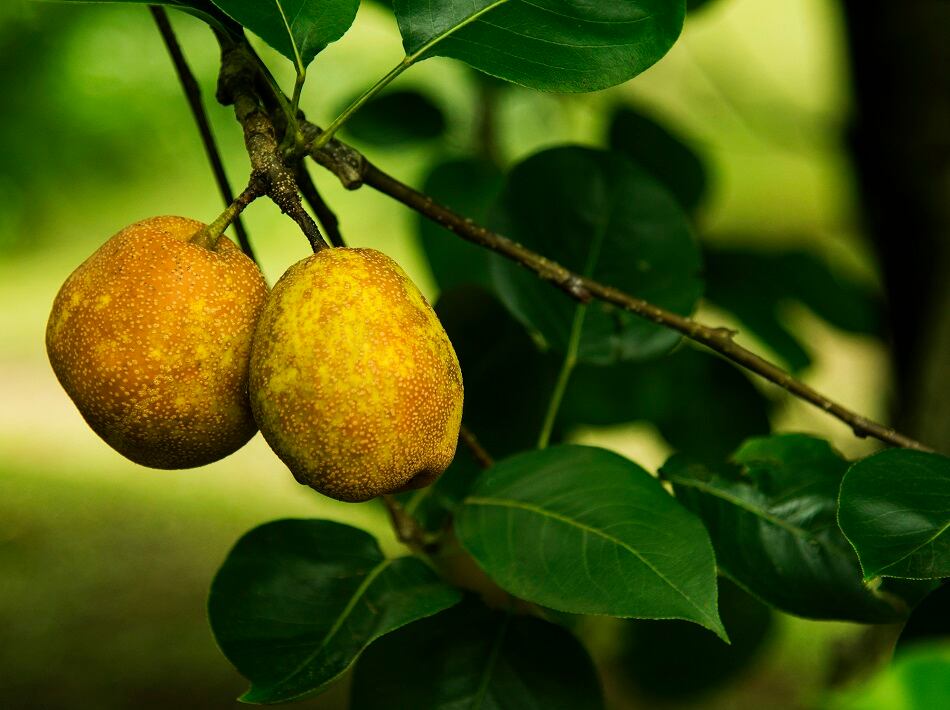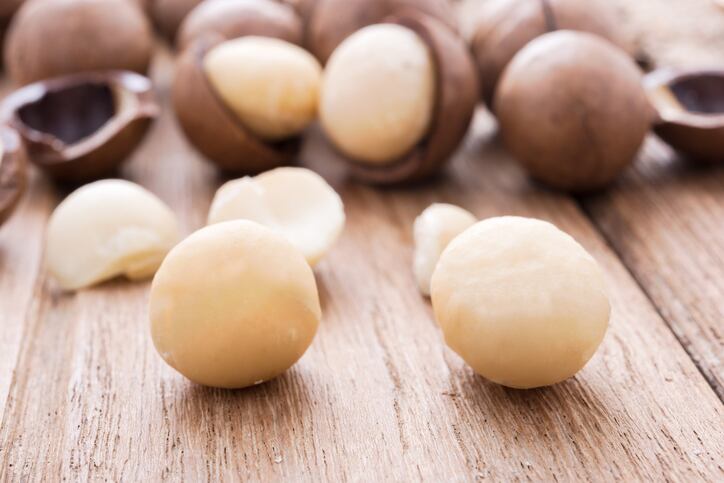"Despite contributing to more sustainable and healthy food systems, this tantalizing diversity of leafy vegetables, fruits, tubers, grains, wild edibles and more is at risk of disappearing," said researchers from Bioversity International, a global organization leading the Biodiversity for Food and Nutrition Initiative (BFN Project).
"Although many of these species have been historically part of indigenous cultures and traditional diets, most people today are simply not aware of their value," noted researchers.
Since 2012, the BFN Project has worked with governments, research centers, universities and many other local partners to collect samples, run lab analyses, and compile information on local species in Brazil, Kenya, Sri Lanka and Turkey.
The public database displays nutrition data, common and local names for the species, medicinal uses and links to recipes when available.
Research and compilation of the online database of rare food species was conducted as part of the CGIAR Research Program on Agriculture for Nutrition and Health and is supported by the CGIAR Trust Fund Donors.
'Neglected and underutilized species'
"It is critical to collect pre-existing knowledge and conduct new food composition analyses, to offer a clear evidence base that can ensure continued appreciation, conservation and sustainable use of these natural resources."
In Brazil, MSc (master of science) students and researchers from the federal universities of Ceará, Goiás, São Paulo, Pará, and Rio Grande do Sul, as well as from the state universities of Ceará and São Paulo, compiled national food composition data for 21 prioritized Brazilian food species and compared them with the most commonly consumed fruits in Brazil (based on a 2008-2009 national household survey). When compared to the most commonly consumed fruits such as banana, orange, apple, papaya, and watermelon, the native' food species included in the database, on average, contained higher amounts of dietary fiber, calcium, iron, magnesium, Vitamin C, and Vitamin E.
The vitamin C content in 100g of the pulp of four native fruits – camu-camu (1888mg), mangaba (332 mg), cerrado cashew (294mg) and jabuticaba (238mg) - are at least 3 times the amount contained in 100g of common varieties of orange (53mg), banana (21,6mg) and papaya (82,9mg).

"These local foods represent neglected and underutilized species that are notable for more than their unusual names – they hold valuable qualities of Vitamin A, beta-carotene and iron, respectively. A single serving of 'Yellow Mombin' (Spondias mombin) pulp contains a third of your daily recommended intake of Vitamin A," said researchers.
"The dissemination of this information should positively impact the plants' conservation and foster greater appreciation and use of native Brazilian biodiversity."
Partnerships and nutrition education initiatives are underway in Brazil to raise awareness of the list of native and underutilized food species in Brazil. A BFN partnership was established with the Horticultural Division of the Brazilian Corporation of Agricultural Research (EMBRAPA Hortaliças) for the inclusion of traditional vegetables in the Plants for the Future initiative. The initiative aims to aid in the identification of native Brazilian flora used both locally and promote the use of these native plant species by farmers and agricultural producers, and increase investment opportunities and business creation to drive the development of new marketable local products.



